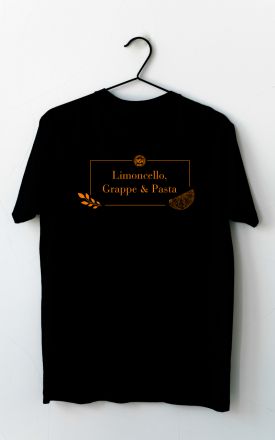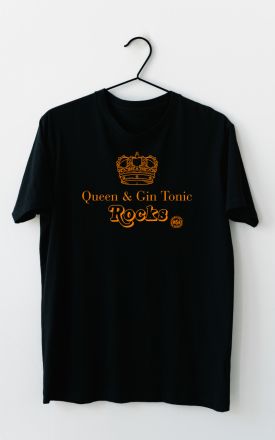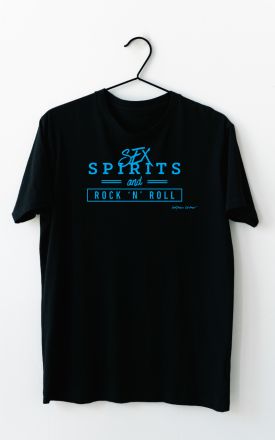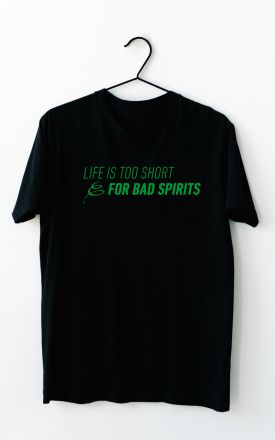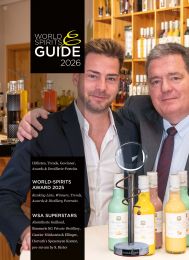
Table of Contents
- Why Tomahawk Steak Meets Quince & Raspberry Liqueur?
- Ingredients Overview
- Step-by-Step Guide to Preparing the Tomahawk Steak
- Creating the Quintessential Quince Red Wine Sauce
- Plating and Presentation
- Tips for Success: Cooking Tomahawk Steak Meets Quince & Raspberry Liqueur
- Frequently Asked Questions (FAQs)
- Final Thoughts
Tomahawk Steak Meets Quince & Raspberry Liqueur: A Simple Yet Extraordinary Culinary Experience
When it comes to cooking, simplicity and flavor don’t always have to be mutually exclusive. This recipe for Tomahawk steak meets Quince & Raspberry Liqueur is a perfect example of how quick and easy cooking can deliver truly exceptional taste. Crafted by culinary enthusiast Wolfram Ortner, this dish combines a beautifully cooked tomahawk steak with a fruity, delicate quince red wine sauce, enhanced by a hint of raspberry liqueur. It’s a creative twist on classic steak preparation that elevates the experience with a surprising yet harmonious side dish.
Whether you’re a seasoned chef looking for new inspiration or a home cook eager to impress your guests with minimal fuss, this recipe offers a delightful balance of savory and sweet that’s both approachable and sophisticated. In this article, we will dive deep into the preparation process, tips for cooking the perfect steak, the art of making the quince sauce, and how the raspberry liqueur ties it all together to create a memorable meal.
Why Tomahawk Steak Meets Quince & Raspberry Liqueur?
The combination of tomahawk steak with a quince and raspberry liqueur sauce might sound unconventional at first, but it’s a culinary marriage that works beautifully. The tomahawk steak, also known as bone-in ribeye, is prized for its rich marbling and intense beef flavor. When cooked properly, it offers a tender, juicy, and robust meat experience.
Quinces, on the other hand, bring a unique fruity brightness to the plate. Known for their firm texture and subtle citrus notes, quinces are often overlooked in modern cooking but shine when paired with red wine. The addition of raspberry liqueur adds a lovely depth and a touch of sweetness that complements both the steak and the quince, creating a luscious sauce that balances savory and fruity elements.
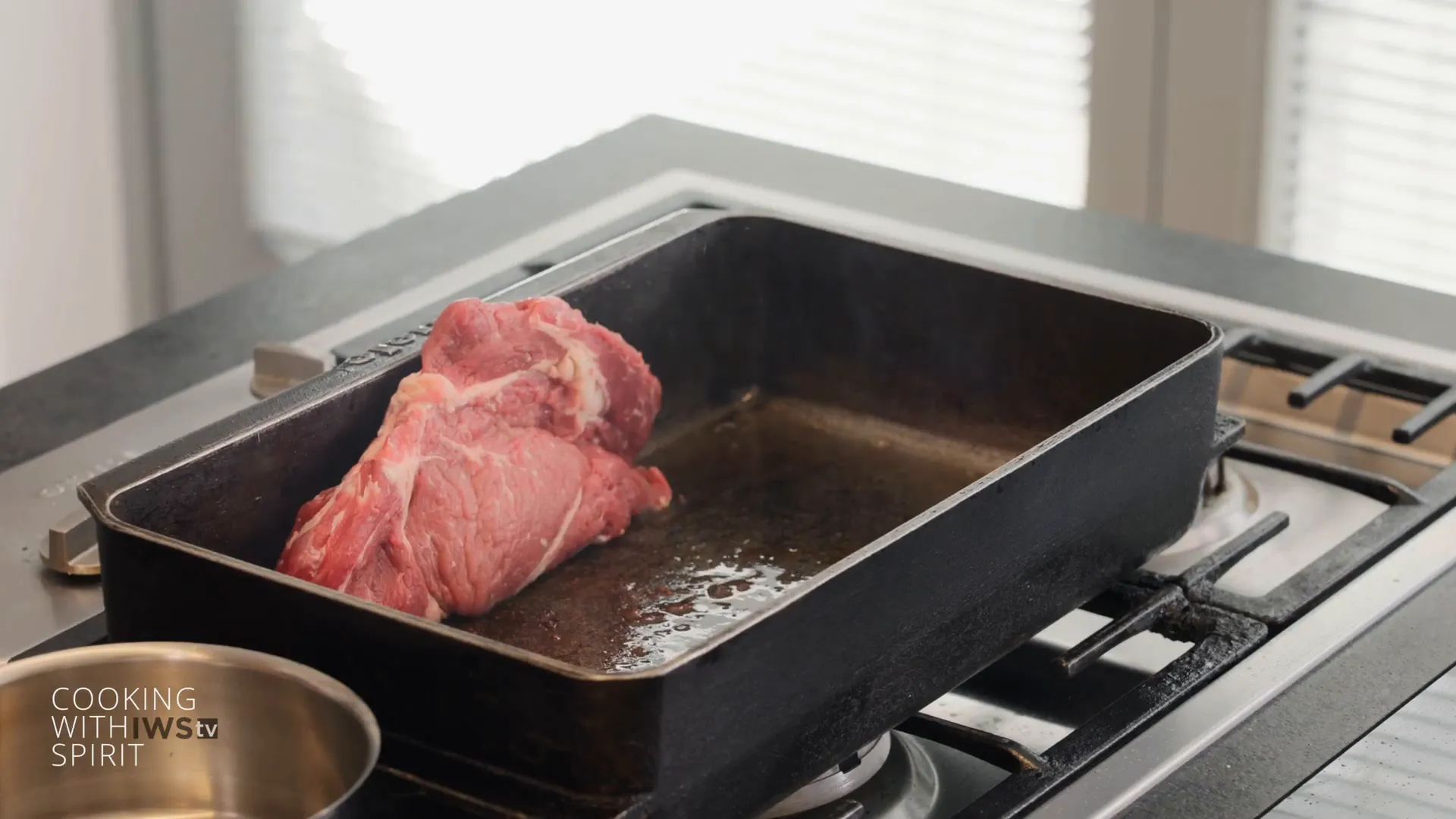
Ingredients Overview
Before diving into the cooking process, let’s take a look at the key ingredients that make this dish special:
- Tomahawk steak (bone-in ribeye): The star of the dish, preferably sourced from a trusted butcher for quality and freshness.
- Quinces: Fresh, firm quinces are ideal, but firm pears or apples can be used as alternatives.
- Red wine: A high-quality red wine serves as the base for marinating and simmering the quinces.
- Raspberry liqueur: Adds fruity sweetness and helps thicken the sauce.
- Sugar: Essential for balancing acidity and aiding in sauce binding.
- Flour salt (Flor de Sal): To finish and season the steak.
- Olive oil: Used to drizzle over the finished dish, adding richness and aroma.
Step-by-Step Guide to Preparing the Tomahawk Steak
Wolfram Ortner emphasizes a straightforward approach to preparing the tomahawk steak that ensures maximum flavor with minimal complexity. Here’s how to replicate his method at home.
1. Starting with the Fat Side
One of the key tips when cooking bone-in steaks is to sear the meat first on the bone side to protect it and extract flavor. However, in this recipe, the process begins by searing the fat side. Placing the steak fat side down in a hot pan helps render the fat slowly, infusing the meat with rich flavor and creating a beautiful crust.
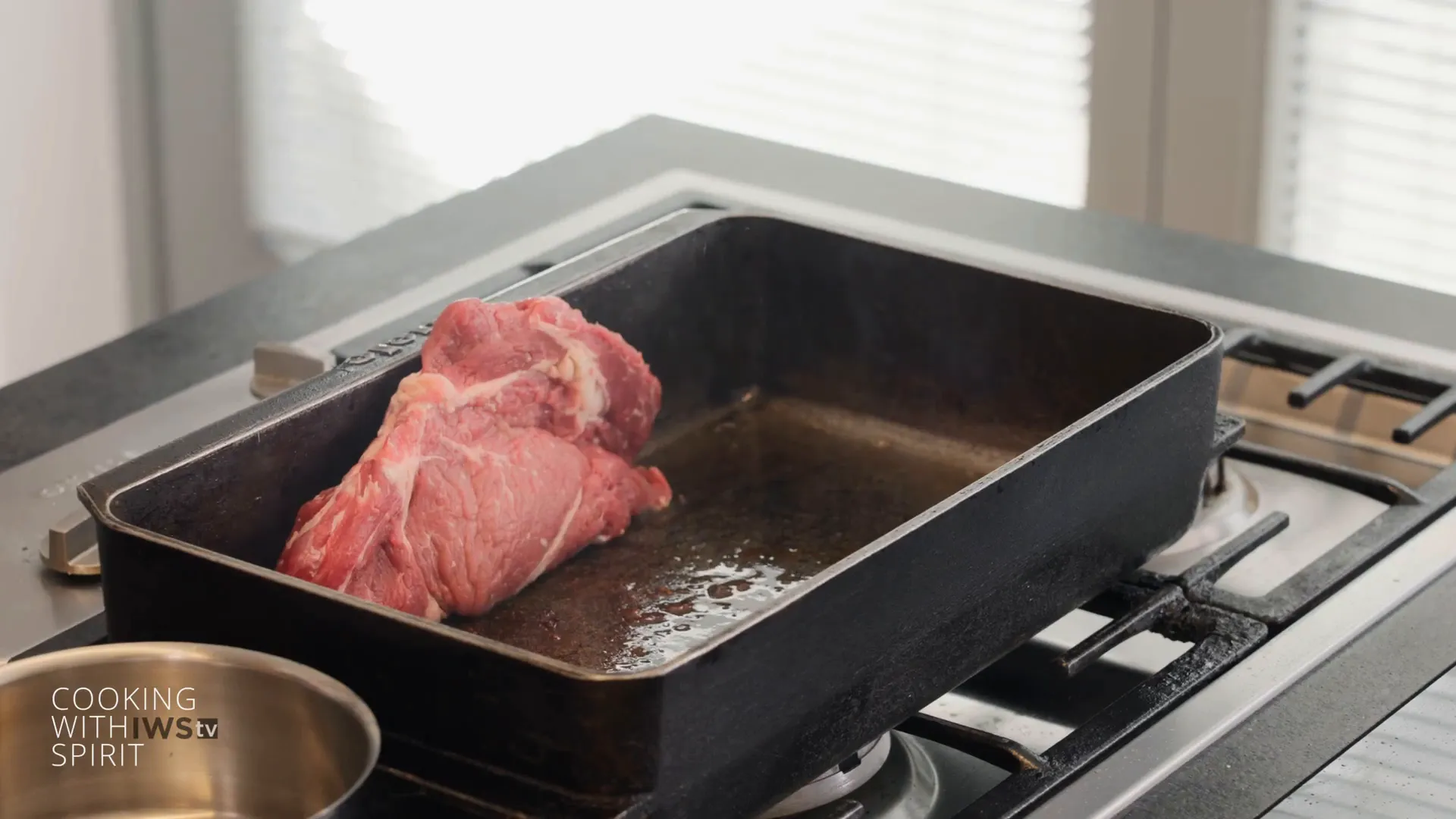
2. Letting It Sizzle
Once the fat side is in contact with the pan, it’s essential to let it sizzle undisturbed. This allows the fat to render evenly and the Maillard reaction to develop, which is responsible for that delicious brown crust that enhances the steak’s taste and texture.
3. Flipping the Steak for Even Cooking
After the fat side has seared sufficiently, the steak should be flipped regularly to ensure even cooking on all sides. Wolfram points out the importance of flipping the meat multiple times, which helps maintain juiciness and cook the steak uniformly. Depending on your preference, you can cook the steak rare, medium, or well done. A well-aged, high-quality steak can even be enjoyed almost raw, as it will have minimal blood and a tender texture.
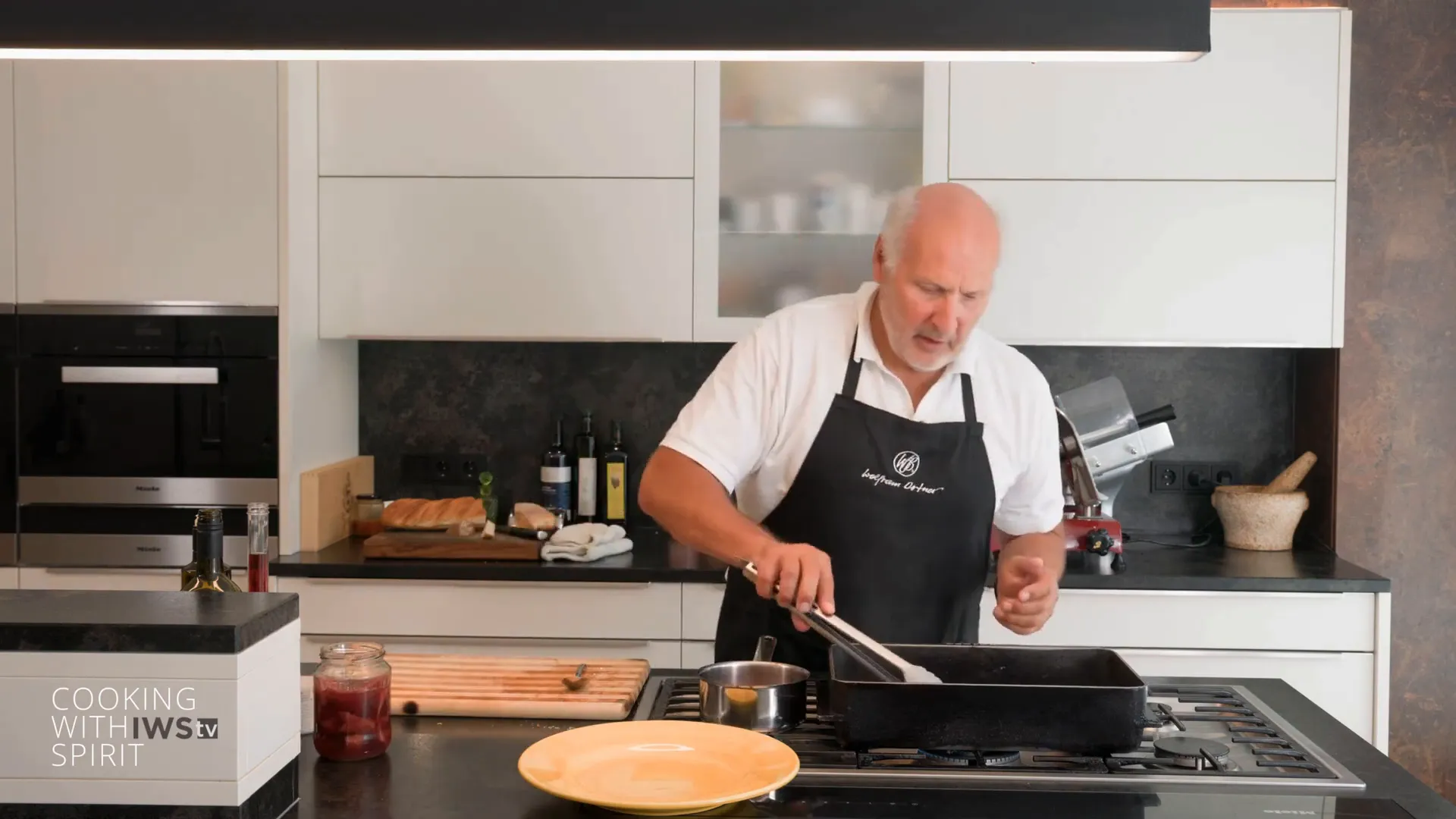
4. Trust Your Butcher
Another important piece of advice is sourcing your meat from a trusted butcher. Wolfram stresses the value of building a relationship with your meat seller to ensure quality and consistency. Knowing where your steak comes from is crucial, especially when dealing with premium cuts like tomahawk.
Creating the Quintessential Quince Red Wine Sauce
The fruity side dish is what sets this recipe apart. Quinces are simmered in red wine until tender and infused with the wine’s rich, robust flavors. Here’s how to prepare the quince sauce:
1. Preparing the Quinces
Start by peeling, coring, and cutting the quinces into manageable pieces. The fruit’s firm texture makes it ideal for slow cooking without turning mushy. Quinces have a natural citrus note that adds brightness to the sauce.
2. Marinating in Red Wine
The quinces should be marinated in a good-quality red wine, preferably overnight. This slow marination allows the quinces to absorb the wine’s flavors deeply, creating a complex base for the sauce. Wolfram prefers to keep the ingredients simple, avoiding additional spices to preserve the pure fruit flavor.
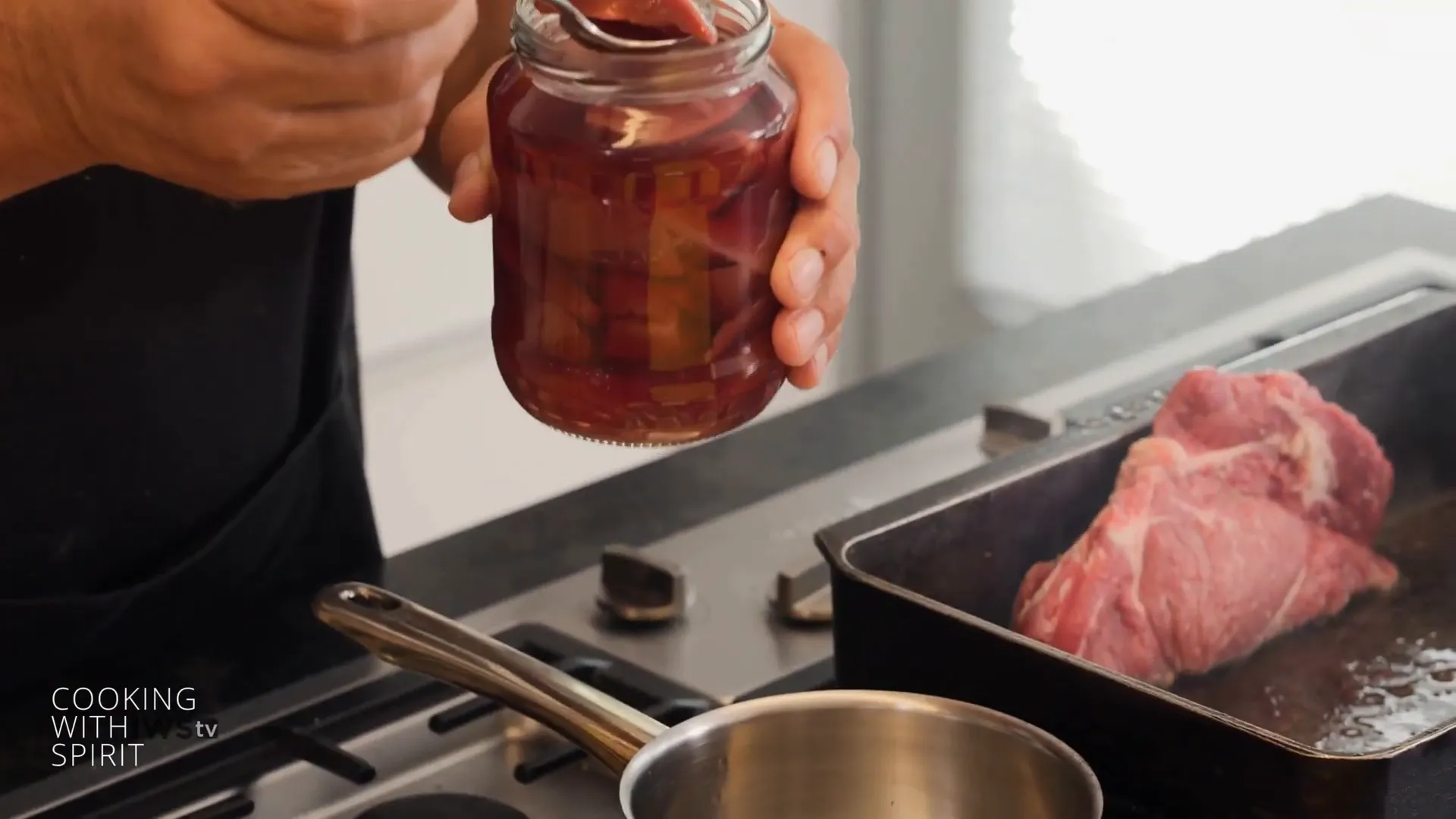
3. Simmering and Reducing
Once marinated, the quinces are placed in a small pan and simmered with the red wine. The liquid reduces slowly, softening the quinces and concentrating the flavor. The end result is a rich, thick sauce that pairs beautifully with the steak.
4. Adding Raspberry Liqueur for Depth and Texture
To add an extra layer of fruity complexity, Wolfram incorporates raspberry liqueur into the sauce. Raspberry complements quince perfectly, as both fruits share citrus undertones that harmonize on the palate. The liqueur also contains natural sugars, which help thicken the sauce and add a subtle sweetness.
Wolfram uses about 20–30 ml of raspberry liqueur, cooking it down with the quinces and wine until the sauce thickens slightly and binds together. This step is essential for achieving the perfect consistency and balance of flavors.
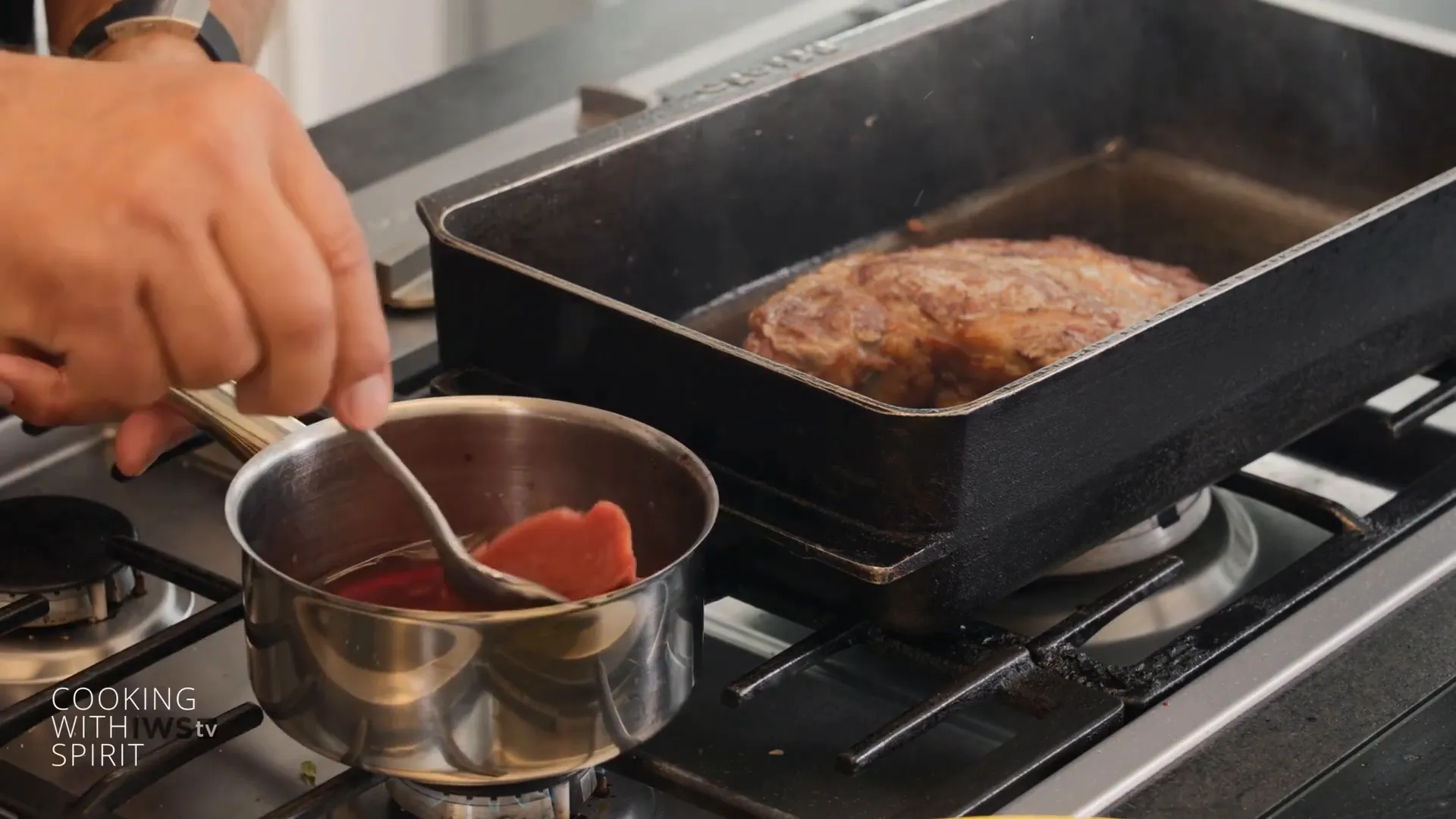
Plating and Presentation
Presentation is key to elevating any dish, and this recipe is no exception. The tomahawk steak is placed carefully on the plate, allowing the rich crust and bone to take center stage. The quince sauce is spooned alongside or slightly over the steak, providing a striking contrast in color and flavor.
To finish, a sprinkle of Flor de Sal (sea salt) is added to enhance the meat’s natural flavors, followed by a drizzle of high-quality olive oil. Wolfram recommends olive oils from regions like Italy or Spain for their robust aroma and smooth finish.
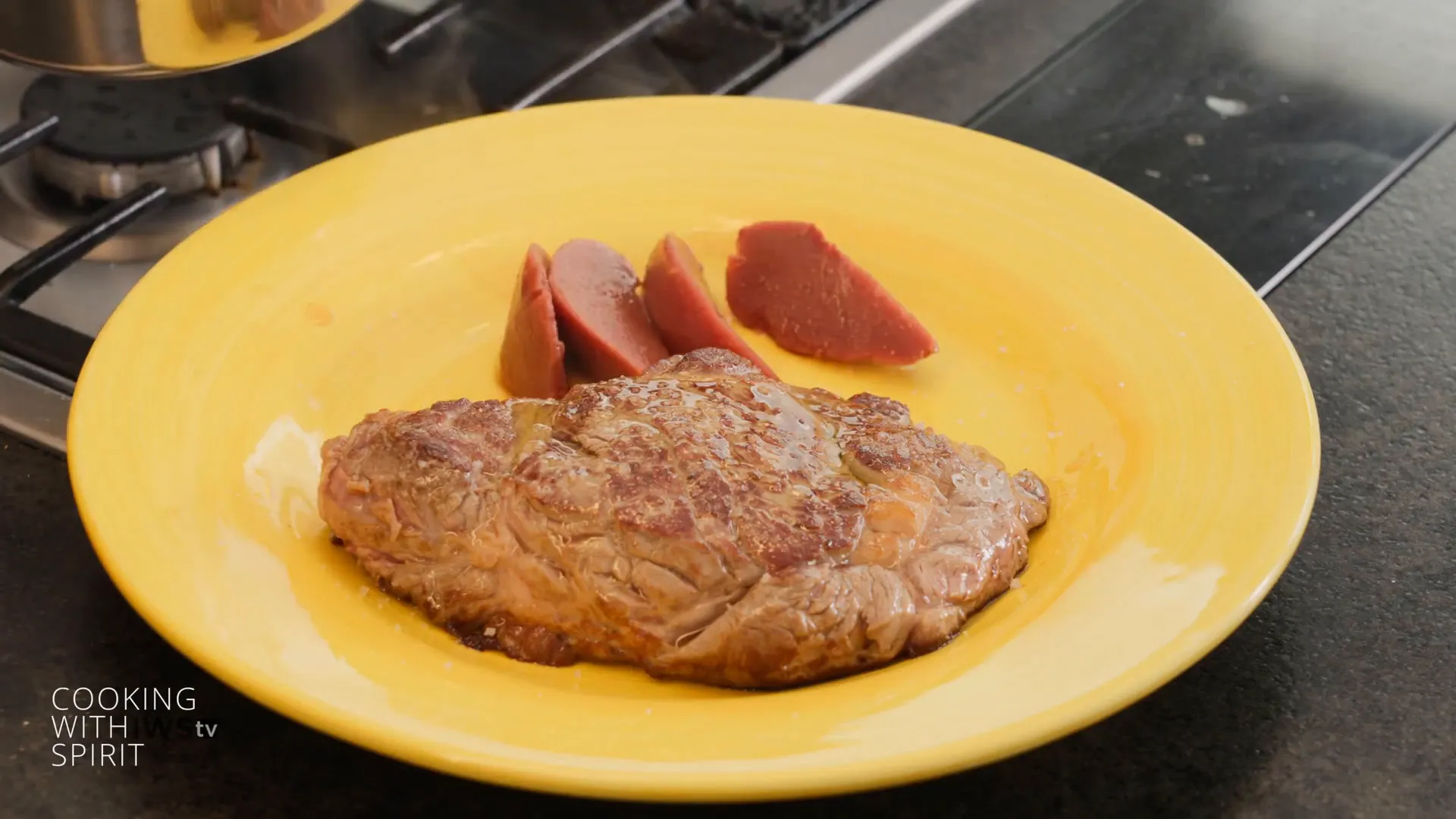
Tips for Success: Cooking Tomahawk Steak Meets Quince & Raspberry Liqueur
- Use quality meat: The foundation of this dish is the tomahawk steak itself, so source it from a reputable butcher to ensure freshness and proper aging.
- Don’t rush the searing process: Allow the fat side to render fully for the best flavor and texture.
- Marinate quinces overnight: This step enhances flavor and softens the fruit for a perfect sauce.
- Keep the quince sauce simple: Avoid adding spices to maintain the natural fruit flavors.
- Use raspberry liqueur sparingly: It should complement, not overpower, the other flavors.
- Adjust steak doneness to taste: Whether you prefer rare, medium, or well done, cook the steak accordingly, keeping in mind that well-aged meat can be enjoyed nearly raw.
- Finish with quality salt and oil: Flor de Sal and a drizzle of olive oil add the perfect finishing touch.
Final Thoughts
Tomahawk steak meets Quince & Raspberry Liqueur is a testament to how simple ingredients and straightforward techniques can produce a dish that’s both elegant and comforting. The juicy, richly flavored steak paired with the fruity, slightly tangy quince sauce elevated by raspberry liqueur creates a harmonious balance that’s sure to impress.
This recipe is perfect for special occasions or whenever you want to treat yourself to something a little different yet uncomplicated. With accessible ingredients, minimal fuss, and a focus on quality and flavor, it’s a wonderful addition to any home cook’s repertoire.
So next time you’re craving a steak dinner that goes beyond the ordinary, consider trying this recipe. It’s a delightful journey for your taste buds and a celebration of the art of cooking with spirit.
FAQ - Häufig gestellte Fragen
Yes, marinating the quinces overnight and simmering them ahead of time is recommended. The sauce can be reheated gently before serving.
Choose a good-quality red wine with balanced acidity and fruity notes. Avoid overly tannic or oaky wines that might overpower the quinces.
The doneness depends on your preference. Use a meat thermometer or check by touch. Rare meat should be warm and red inside, medium rare should have a warm red center, and well done will be uniformly brown throughout.
Raspberry liqueur adds fruity depth, sweetness, and helps thicken the sauce, enhancing the overall flavor profile without overpowering the dish.
Yes, firm pears or apples can be used as alternatives, but quinces are preferred for their unique texture and citrus notes that complement the red wine sauce beautifully.
A tomahawk steak is a bone-in ribeye cut with the rib bone left long and frenched (cleaned of meat and fat), resembling a tomahawk axe. It’s known for its rich marbling and excellent flavor.
Sesorisches Wissen Kompakt - IWS.TV Fibel


The Difference between Brandy, Cognac & Armagnac



